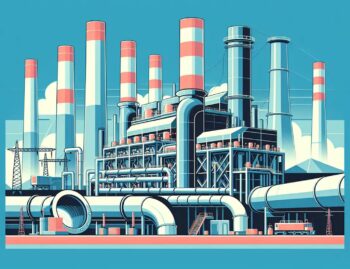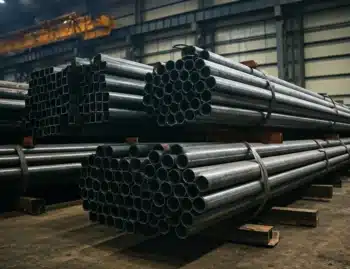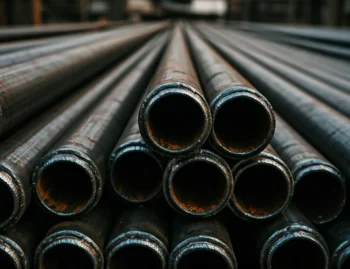In today’s world, the steel industry is more important than ever. Vital for national security, energy generation, and the world’s food and water supplies, just a small change in the international steel market can produce unexpected economic results. As 2016 begins to come to a close, there is a tremendous amount of uncertainty among nations regarding steel supplies, production, prices, and much more. While there are many issues that still require attention, 2016 has nevertheless produced an array of circumstances that have impacted many nations around the world.
If there has been one central issue that has dominated the international steel market in 2016, it’s an overcapacity problem brought on largely by China’s tremendous increase in steel production. According to researchers at Duke University, from 2000-2014 China increased its capacity for crude steel production by an astounding 662 percent. As a result, an abundance of Chinese steel has flooded the market, prompting an imbalance of supply and demand. In fact, China now produces half of all steel produced in the world, thanks to numerous state-sponsored government subsidies such as low or no-cost land use, cash grants, and preferential loans. More information about China’s steel industry can be found here.
Decline of U.S. Steel Jobs
Along with China’s rise in the global steel industry during 2016, the United States steel industry has taken a large tumble in the world market. During 2016, more than 12,000 steel jobs disappeared in the United States, in large part due to Chinese and other world steel producers taking over a record 29 percent of the U.S. market. Because of this, The Organization for Economic Cooperation and Development estimates there are 700 million metric tons of excess steel capacity in today’s market. To combat this problem, China’s government has agreed to reduce its steel capacity between 100-150 million metric tons over the next five years.
Additional Offshore Suppliers
With the rise of Chinese steel and the decline of the U.S. market, a number of other offshore suppliers have attempted to enter the market in 2016. Two of the most successful in this have been South Korea and Turkey, both of which have seen substantial increases in their export volume to the United States. In an attempt to offset this, the U.S. steel and aluminum industries recently joined with other manufacturers in textile, fabric, and resin to form the Manufacturers for Trade Enforcement Coalition, hoping to raise world awareness as to the status of the steel market in 2016 and what the future may hold. To learn more about this aspect of international steel, visit here.
While the international steel market continues to have numerous ebbs and tides based on the actions of various nations, there is no doubt what has happened in 2016 will have a significant impact into 2017 and beyond. Whether it’s the Chinese steel market decreasing its output or the U.S. market rebounding, it’s clear many more changes are ahead.












